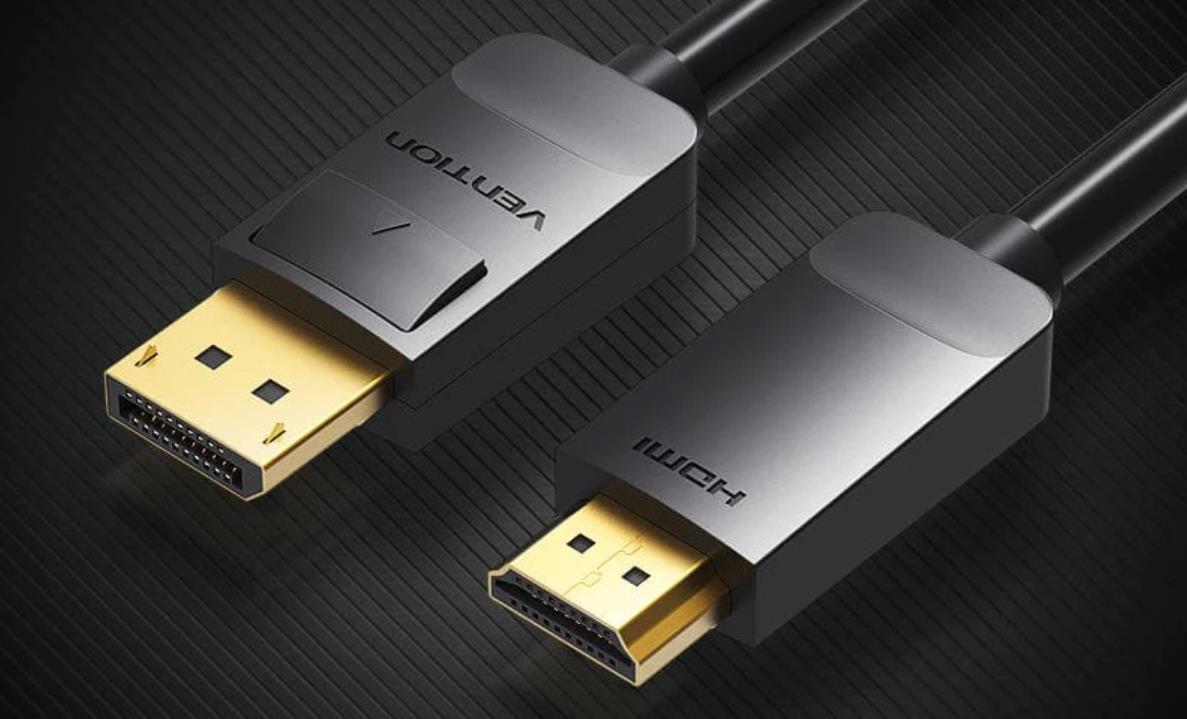Passive vs Active Adapters
- Passive adapters only work from DisplayPort output to HDMI input. They cannot convert HDMI to DisplayPort.
- Active adapters contain extra circuitry to perform bidirectional conversion between HDMI and DisplayPort. Active adapters are required to go from HDMI output to DisplayPort input.
Options for Conversion
- HDMI to DisplayPort adapter - An active adapter that converts HDMI source to DisplayPort output. Ranges from $50 - $100+.
- USB-C to DisplayPort cable - If your laptop has USB-C video output, you can connect directly to a DisplayPort monitor using a USB-C to DP cable. No adapter needed.
- HDMI switch/splitter - A device that splits the HDMI signal into multiple outputs, including DisplayPort. Lets you connect HDMI source to DisplayPort monitor or TV.
Why Passive Adapters Don't Work
Passive HDMI to DisplayPort adapters don't work for HDMI output because:- HDMI ports don't contain the full wiring needed to directly drive DisplayPort input.
- Active conversion chips are required to process and convert the HDMI signal to DisplayPort.

